- Home
- Blog
- Microservices
- Top Microservices Tools

- Cloud Native Microservices
- Microservices Interview Questions
- Microservices Tutorial
- Microservices With Spring Boot
- Security in Microservices
- Microservices vs SOA - What's the Difference?
- What is Microservices?
- Microservices vs API
- Top 10 Microservices Design Patterns and Principles
- Microservices Projects and Use Cases
Microservices are one of the essential software architectures being used presently. In this architecture, an application gets arranged as the amalgamation of loosely coupled services. Every microservice is self-contained and offers a clear interface to manage business functionalities.
Thanks to its components of independent developers, microservices allow you to maintain an application effortlessly. Considering that the technology is gaining much popularity, more and more additional technologies and tools have come up to support microservices.
Thus, to help you boost the development of microservices, here is a list of top microservices tools that you can use to build the architecture.
| Top Microservices Tools - Table Of Content |
| Want to enhance your skills in dealing with the world's best Microservices, enroll in our: “Microservices Training” Course. |
What is Microservices?
Microservices, also known as microservice architecture, is an extremely scalable structural style that is used for developing systems of software. Such an architecture is mainly used by charities, schools, governments, businesses, and more to develop enterprise applications.
These are independent, small, and unique. The architecture could be complex in both maintenance and construction. Microservices generally communicate with one another to serve business objectives by using synchronous protocols, asynchronous protocols, and HTTP/REST.
What are the Microservice Tools?
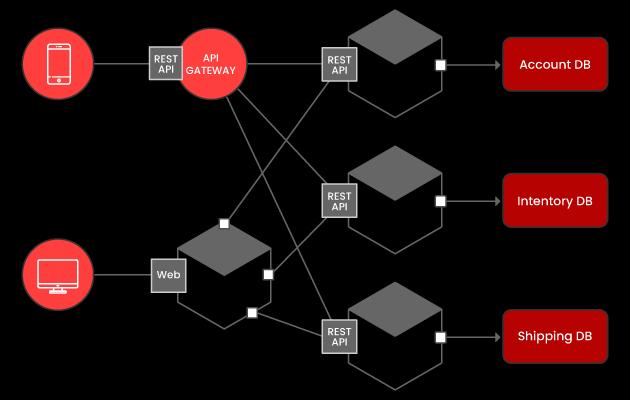
Microservices tools are nothing but a collection of varying technologies and tools that have an array of functionalities. These tools are mainly used in diverse stages of developing an application. They also help developers to work without any hassles.
These tools are available with predefined algorithms, functions, and a user-friendly GUI. Moreover, there are a variety of tech giants and startups that have been working on creating user-friendly microservices tools as well.
List of Microservice Tools
Here is a list of top microservice tools that you can use during the process of developing an application:
Operating System
Here is what you can use for the operating system:
Linux
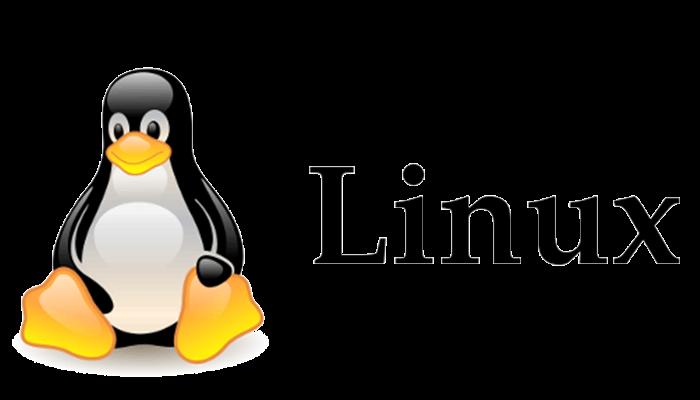
Linux is one such operating system that is commonly used during developing applications. With Linux containers, you get access to a self-contained execution environment that allows you to orchestrate small to big services, such as storage, networking, and security.
Programming Languages
For programming languages, you can use the following microservices tools:
Elixir
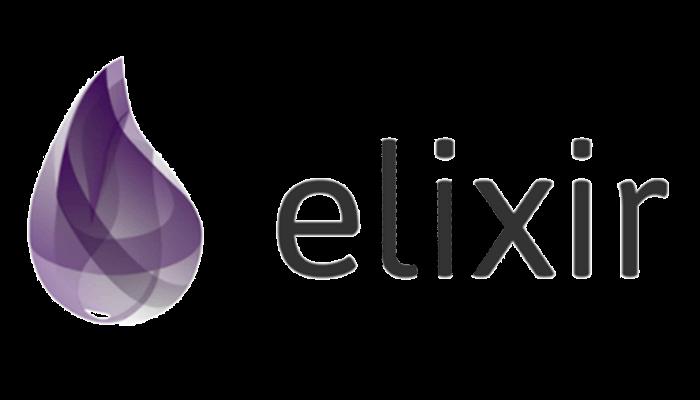
With Elixir, you can now seamlessly expand your programming repertoire. This tool is functional and concurrent. It is generally made for every programming language. And, it works along with the bytecode that can be seen on the BEAM, also known as Erlang VM.
Spring Boot

The Spring Boot frameworks allow you to simplify the development of REST-based microservices just with a few coding lines. To get started easily and quickly, you can either use Spring Initializr or one of the available examples of Spring Boot.
API Management and Testing Tools
Here is the list of top API management and testing tools that you can use:
API Fortress
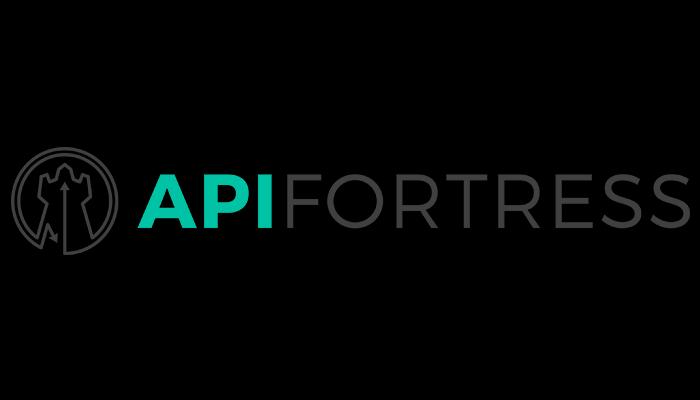
API Fortress is one such tool that helps automate the functional testing, load testing, and health monitoring of enterprise APIs. This tool is specifically designed to be code-free. Furthermore, it is entirely developed around modern API architectural patterns and practices.
Postman
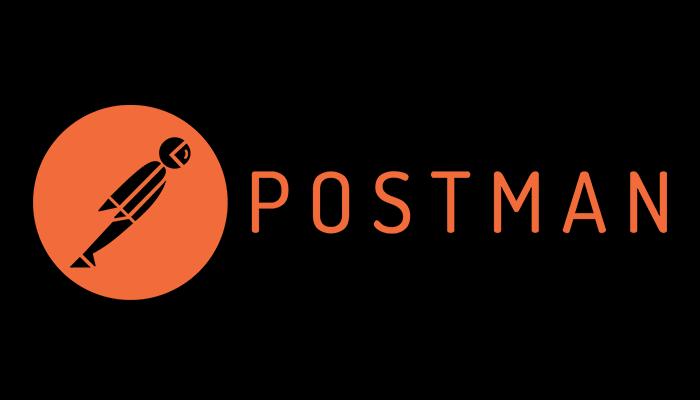
Postman is an API development suite that is for teams and individual developers. It lets you effortlessly run API tests that are UI-driven. Since Postman is a significant HTTP client, it makes RESTful API exploration quite a breeze. Users get to put together complex as well as simple HTTP requests quickly to test, develop as well as document APIs within no time.
Tyk

Modern, scalable, and fast, Tyk is a uniquely outstanding open-source API management platform. Whether you wish to install a cloud service or an on-premise service; or whether you prefer using a hybrid environment, or both, Tyk turns out to be a versatile tool to use. With this specific tool, you acquire low latency and high availability.
| Related Article: Microservices Tutorial for Beginners |
Messaging Tools
Here is a list of messaging tools to be used:
RabbitMQ
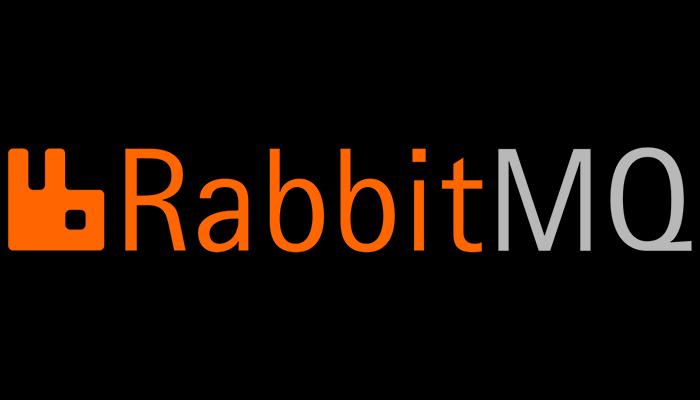
RabbitMQ is meant to help you use patterns to communicate between the microservices and scale applications while solving the problems of most distributed systems. You can easily connect competing microservices with the help of RabbitMQ in either a microservice environment or in any other distributed system. This tool can also be used to exchange different events between varying services.
Amazon Simple Queue Service (SQS)
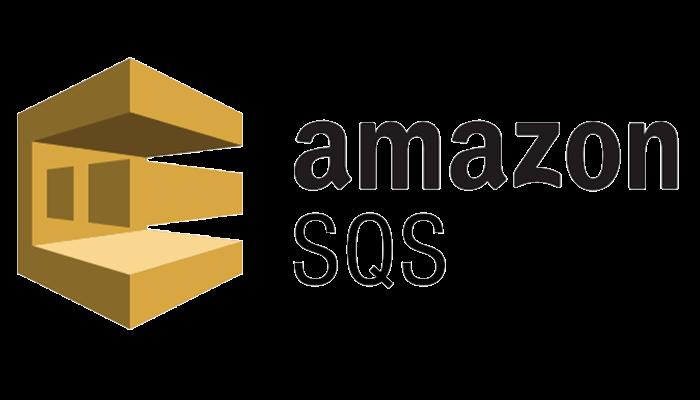
Amazon SQS is here to offer flexible, robust, and reliable microservices communication. The tool helps solve a variety of issues for a developer when selecting a publish-subscribe communication model of a microservice. Along with ideal security, queues help perform and message significantly by offering a dependable place to store all pending messages.
Apache Kafka
Whether you wish to deal with intensive data processing or API calls, Apache Kafka is a distributed system processing platform with high resilience and fault tolerance.
Google Cloud Pub/Sub
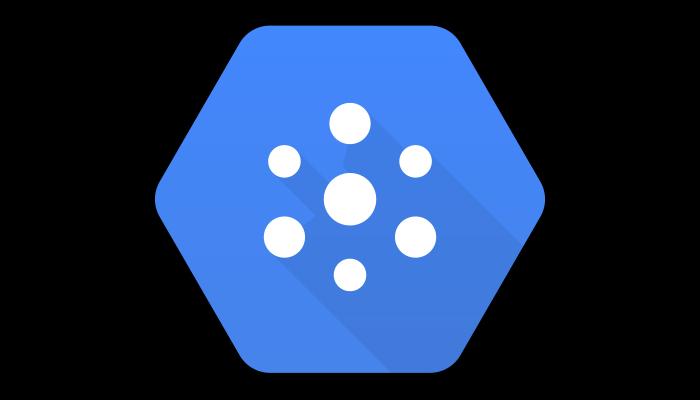
This one is a fully-managed real-time messaging service that lets you send as well as receive messages between microservices. By integrating the application with Google Cloud Pub/Sub, you can handle all of the asynchronous requests that you will be receiving. Also, you can mitigate the time that users will invest in waiting for a response.
Toolkits
Jotted down below are the tools you can use for Toolkits microservices:
fabric8
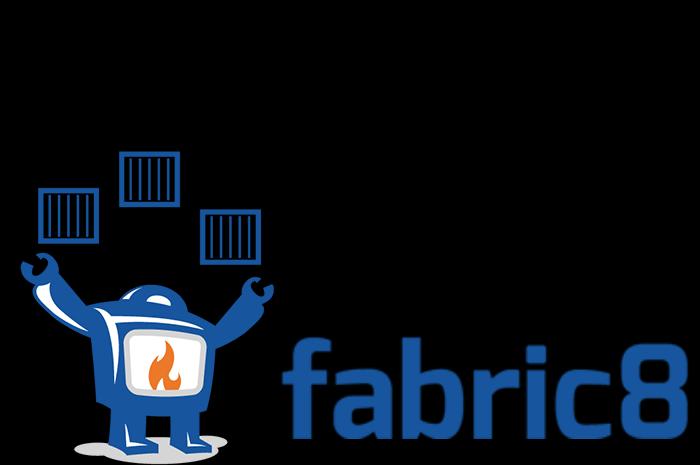
fabric8 is an open-source platform-as-a-service tool that assists developers by providing configuration management systems via git. It also handles the complexities arising with IP addresses and port mappings. Along with that, the tool can perform and load balancing to services. You can acquire high availability and scalability from this tool.
Seneca
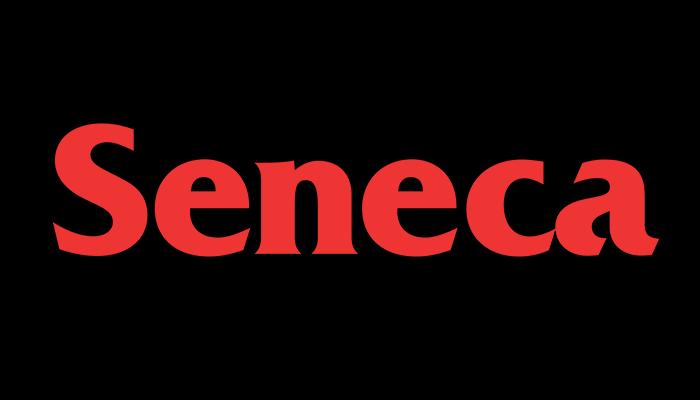
Through Seneca, you can now build message-based microservice processes. This microservices toolkit is specifically designed for Node.js. With this one in hand, you can now write organized, clean code and effortlessly systematize the logic of your business app.
Google Cloud Functions

Coming from a well-trusted platform, this tool is serverless, lightweight, and can be deployed as well as maintained easily. It offers advantages to developers who are developing de-coupled microservice applications via an event-driven architecture. You can also add the tool to other products through varying Google APIs.
| Related Article: Security in Microservices |
Architectural Frameworks
Here are the best architectural frameworks tools:
Goa
Goa offers designed explicitly a framework that helps build REST APIs and microservices in the Golang programming language by using a design-first methodology. With this tool, developers can design APIs and come up with almost everything to accompany that API, right from a JavaScript library to JSON documentation.
Kong
Kong is available for installing in varying operating environments. It helps leverage a variety of read-to-deploy plugins to assist with the deployment and development of microservices. With this tool, you can leverage container design patterns and microservice to develop API-centric apps instantly.
Orchestration Tools
Here is a list of orchestration tools that you can use:
Conductor
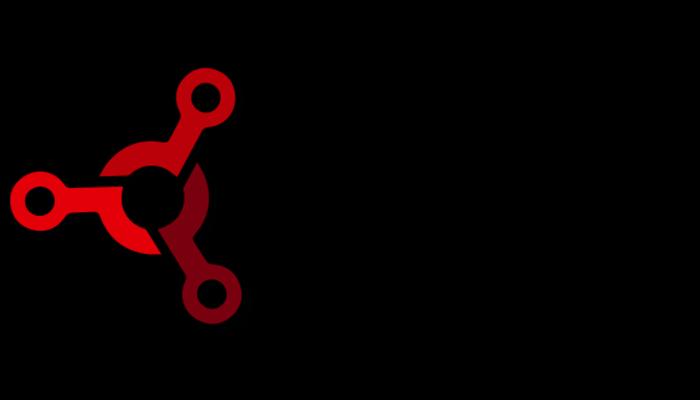
The conductor is the microservice orchestration engine of Netflix as part of the OSS ecosystem of Netflix. This tool can run in the cloud and integrates a flow orchestrator to execute tasks throughout the microservices. Moreover, it facilitates visualization and control of all the interactions happening between microservices.
| Related Article: Guide To Learn Cloud-Native Microservices |
Monitoring Tools
Here are some of the best monitoring tools that you can use:
Logstash
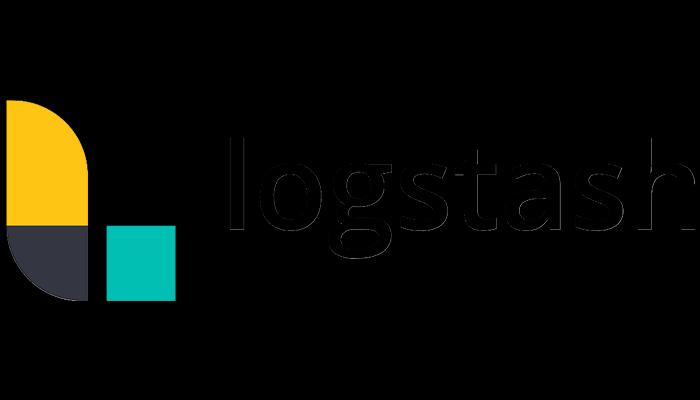
Logstash is one of the great monitoring tools that you can use for your deployed microservice and its monitoring. This one is an open-source platform where you can easily centralize, stash, and transform your data.
Graylog
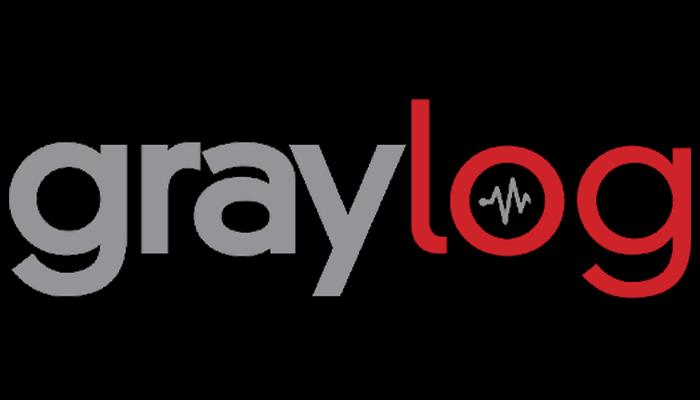
Graylog is relatively easy to use and has an interactive and quick interface. One of the best things about this tool is that it bills itself. You can explore data with the system quickly. The tool is scalable and specifically designed to grow with the business, depending upon the requirements. By using Logstash and Graylog together, you can create a centralized server.
Conclusion
The tools you would use to meet business objectives mainly depend on your requirements. Hence, recommending one out of all would not make sense. So, go through the list of top microservices tools mentioned above and choose one as per your needs, preference, and understanding.
 On-Job Support Service
On-Job Support Service
Online Work Support for your on-job roles.

Our work-support plans provide precise options as per your project tasks. Whether you are a newbie or an experienced professional seeking assistance in completing project tasks, we are here with the following plans to meet your custom needs:
- Pay Per Hour
- Pay Per Week
- Monthly
| Name | Dates | |
|---|---|---|
| Microservices Training | Jan 13 to Jan 28 | View Details |
| Microservices Training | Jan 17 to Feb 01 | View Details |
| Microservices Training | Jan 20 to Feb 04 | View Details |
| Microservices Training | Jan 24 to Feb 08 | View Details |

Although from a small-town, Himanshika dreams big to accomplish varying goals. Working in the content writing industry for more than 5 years now, she has acquired enough experience while catering to several niches and domains. Currently working on her technical writing skills with Mindmajix, Himanshika is looking forward to explore the diversity of the IT industry. You can reach out to her on LinkedIn.















